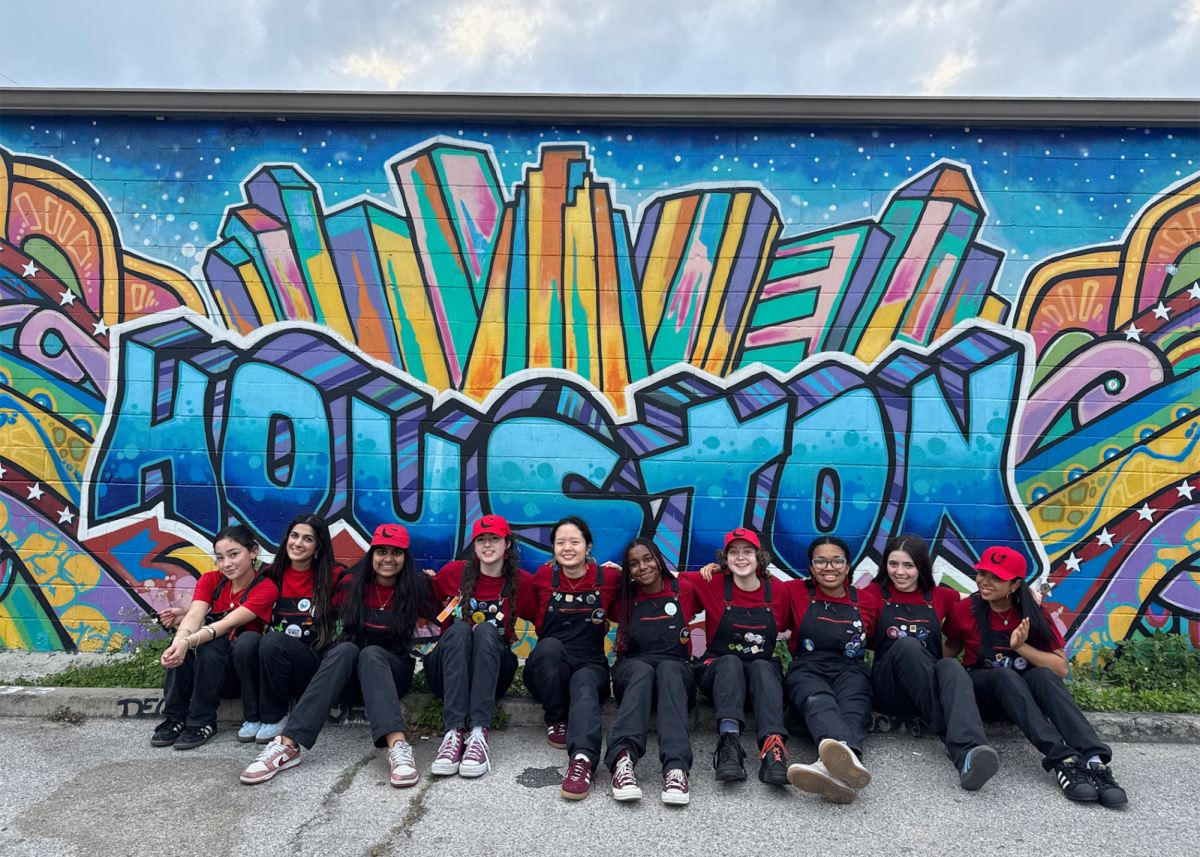
Although as academically rigorous and socially diverse as larger research universities, liberal arts colleges are often overlooked in the college application process. In recent years, however, Marlborough’s college counselors have been attempting to change this point of view by encouraging a growing awareness of the benefits of these schools and the value of a liberal arts education.
According to Co-Director of College Counseling Michael Heeter, one-third of Marlborough seniors seriously consider small liberal arts schools each year. This year’s numbers are at an all-time high. Fourteen of the 30 seniors who submitted early decision applications this year will attend a liberal arts college in the fall.
According to Heeter, there are numerous advantages to a liberal arts education, including a stronger, more personal connection to the school itself as well as a more holistic admissions process. With fewer applicants and smaller incoming classes, admissions officers at these schools are able to look beyond standardized test scores and GPAs. They can spend more time focusing on other aspects of a student’s application, such as her extracurricular activities, volunteer and employment positions, and personal essays.
“With small classes, it’s pretty hard to fade into the background. The schools also have a lot more control over the quality of teaching that goes on,” Heeter explained, adding that this would only serve to enhance the quality of a student’s education.
Rachel ’15, who will be attending Kenyon College in the fall, said that she knew from the very beginning of her college search process that she wanted to attend a liberal arts school.
“I loved the idea of a tight-knit community, small class sizes, personal relationships with professors, and the general feelings of comfort and support that liberal arts schools bring,” Rachel said.
Kate will be attending Middlebury College, a small liberal arts college of 2,500 students in rural Vermont. Kate runs cross country and is interested in a variety of academic subjects. She cites the interdisciplinary nature of the courses as a major selling point.
“The way in which the curriculum is set up is one in which you can really study a wide range of subjects from humanities to sciences,” Kate explained, “When visiting, I loved the scenic beauty of Vermont, and it is such a great place to be a runner and to study history and science, so Middlebury felt like a place where that could all happen.”
Despite this increase in popularity, Heeter explained that many students shy away from applying to smaller, liberal arts schools because the schools are not as well known and do not have the same prestige as Ivy League schools. Another hesitation is a fear of being in a relatively small environment. However, Heeter was quick to point out that even a small school would offer a significant change from a student’s Marlborough experience.
“In reality, Marlborough has 500 girls, and liberal arts schools have around 2500 students, which is a wildly different experience,” Heeter explained.
In order to eliminate this lack of awareness and correct these misrepresentations concerning liberal arts schools, Marlborough juniors and sophomores were invited to listen to a panel of admissions directors from Occidental College, Vassar College, and University of Richmond –three liberal arts colleges–on Feb. 10. The representatives also spoke to parents later in the evening.
In addition, this year the 10th grade college tour included visits to several liberal arts schools.
On this year’s college tour, Lila ’17 toured a range of schools, including Brandeis University, College of the Holy Cross, Clark University, University of Connecticut, Wesleyan University, and Princeton University.
“My impression of smaller schools is that they help foster more of a community within the school, where as bigger schools are very hectic, and you can sometimes get lost in the sea of people and activities,” Lila explained.






